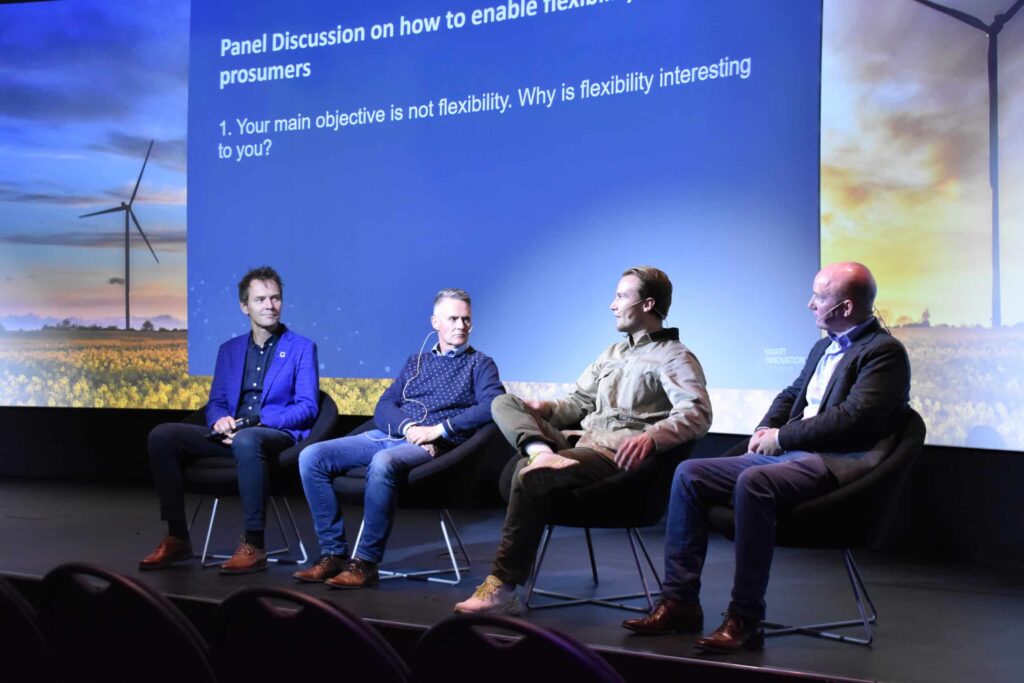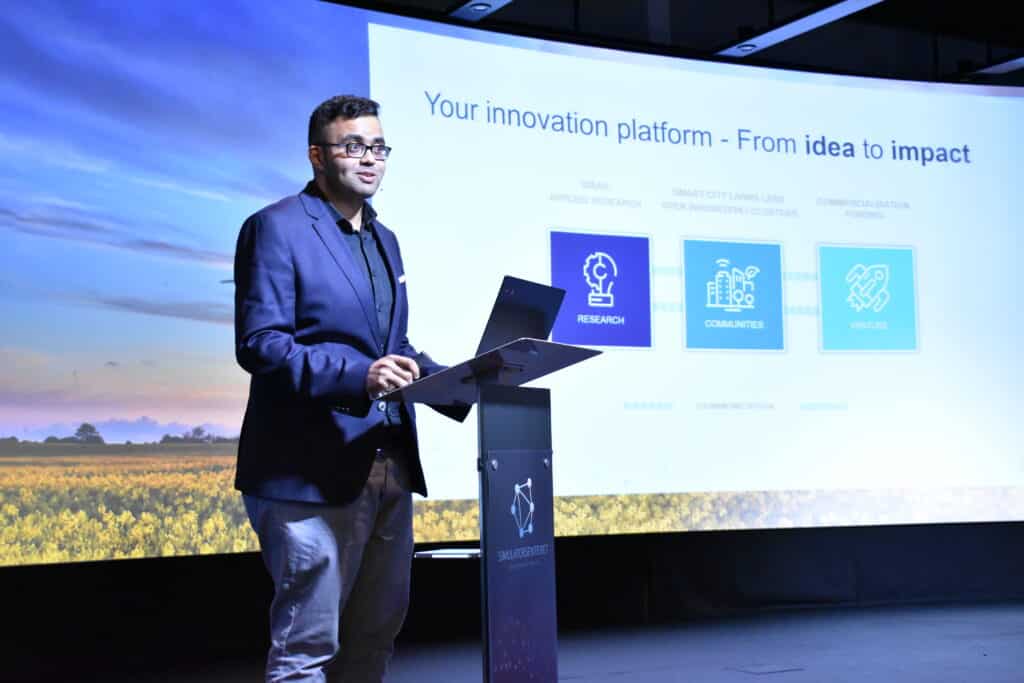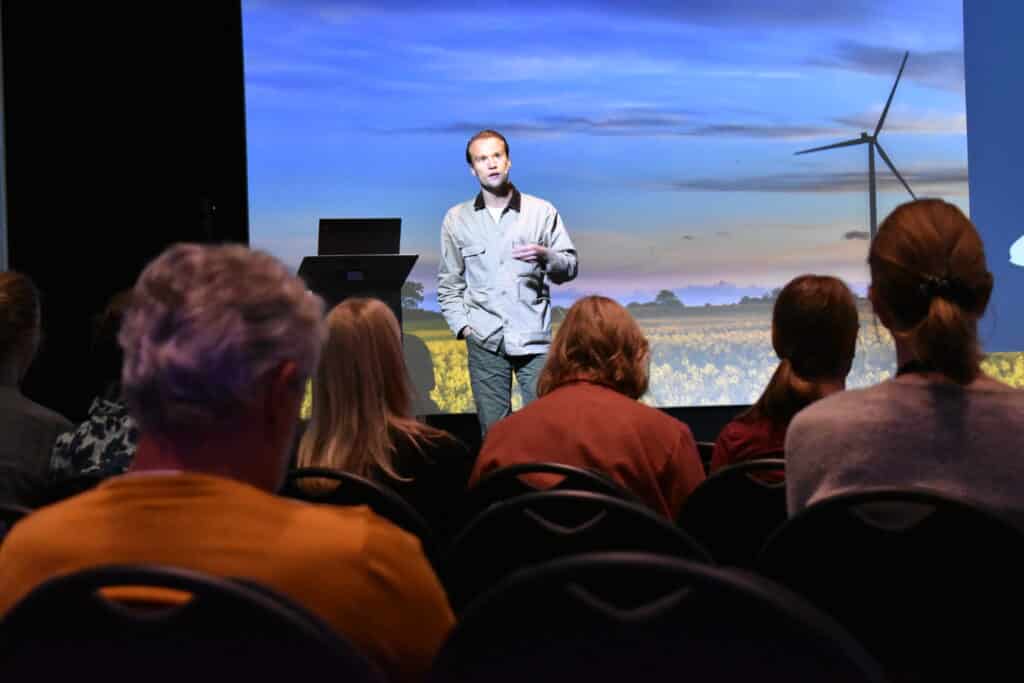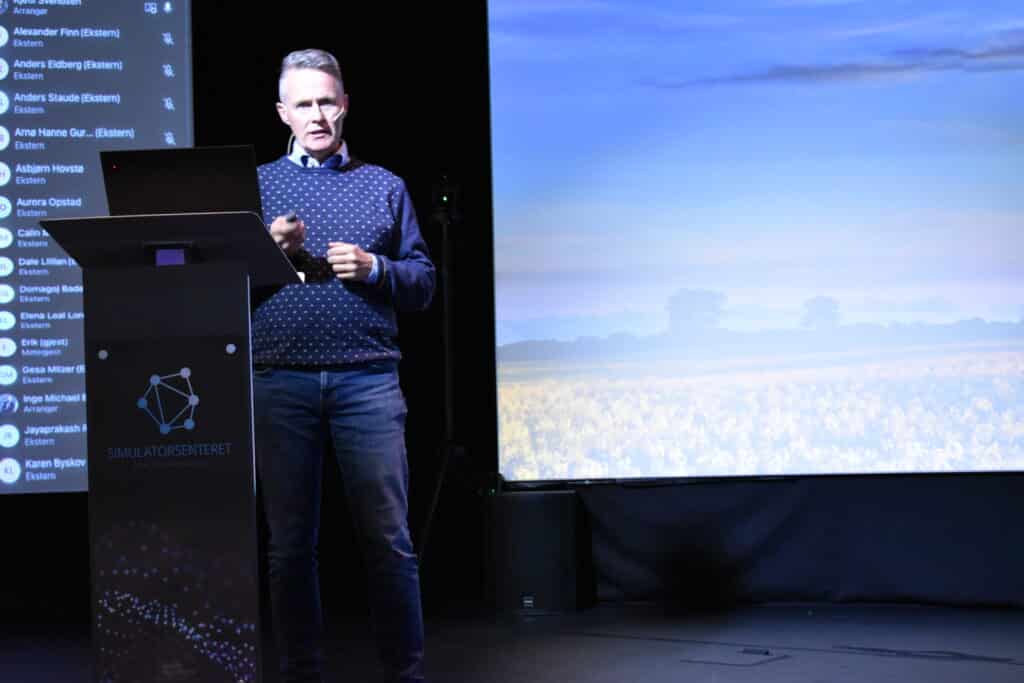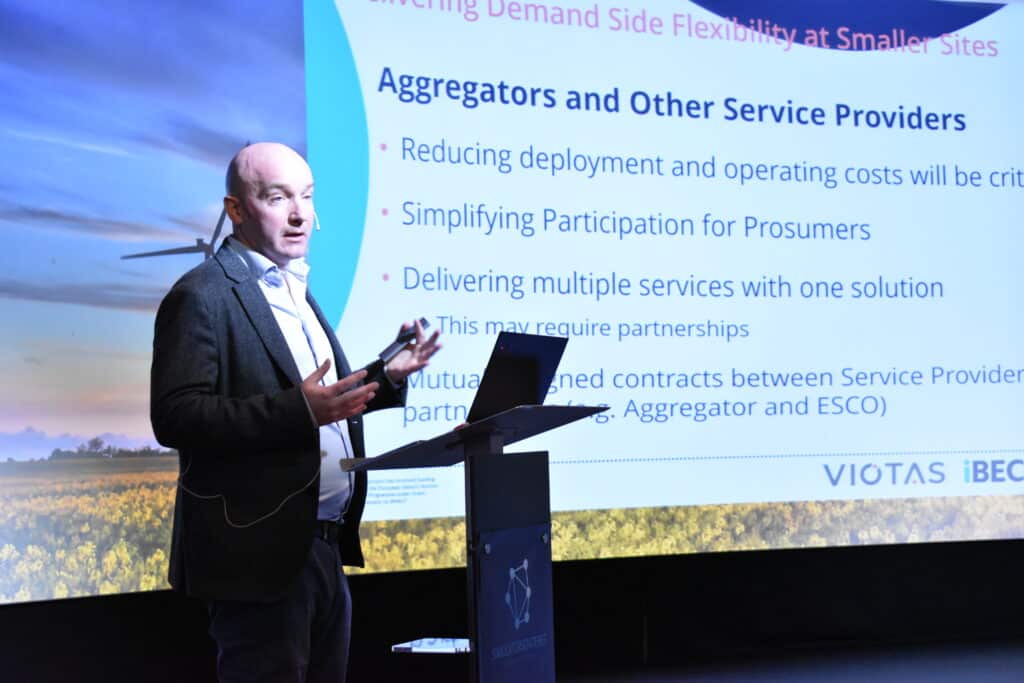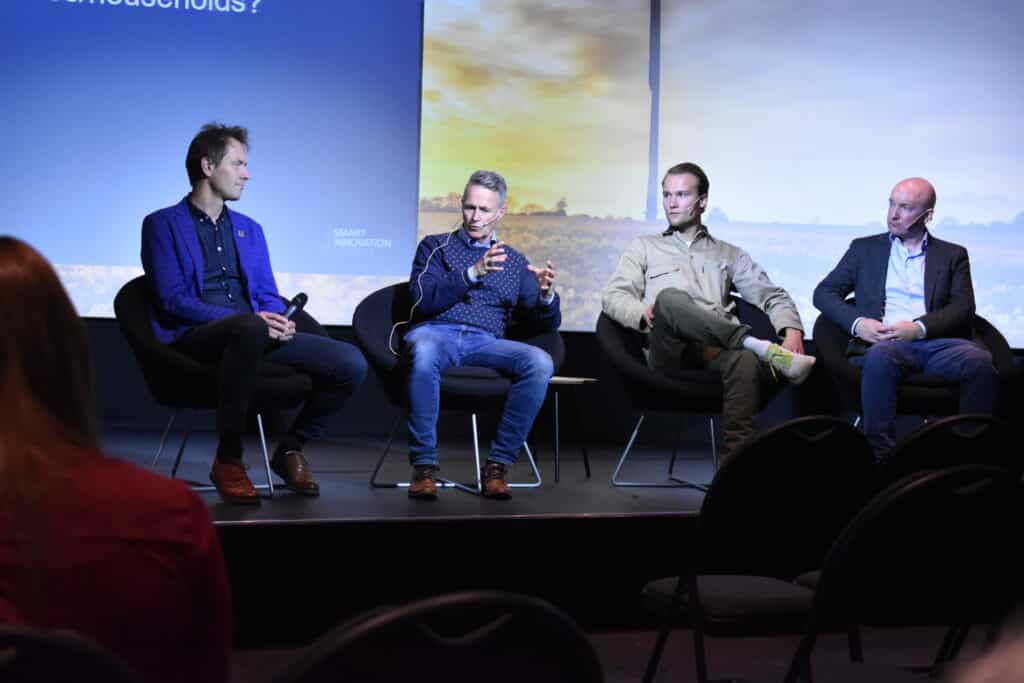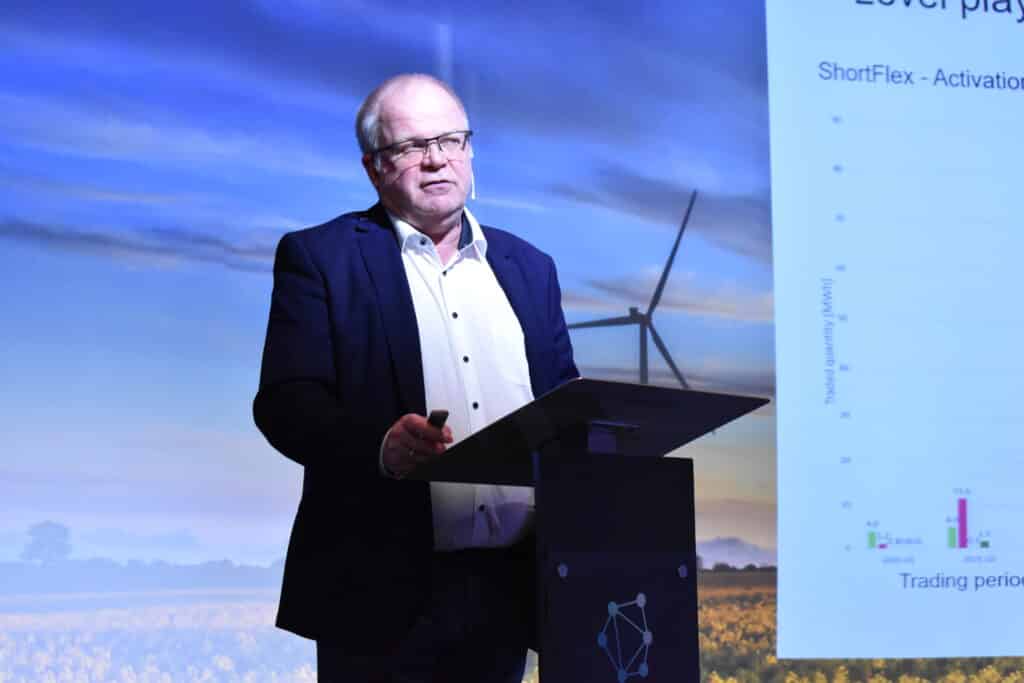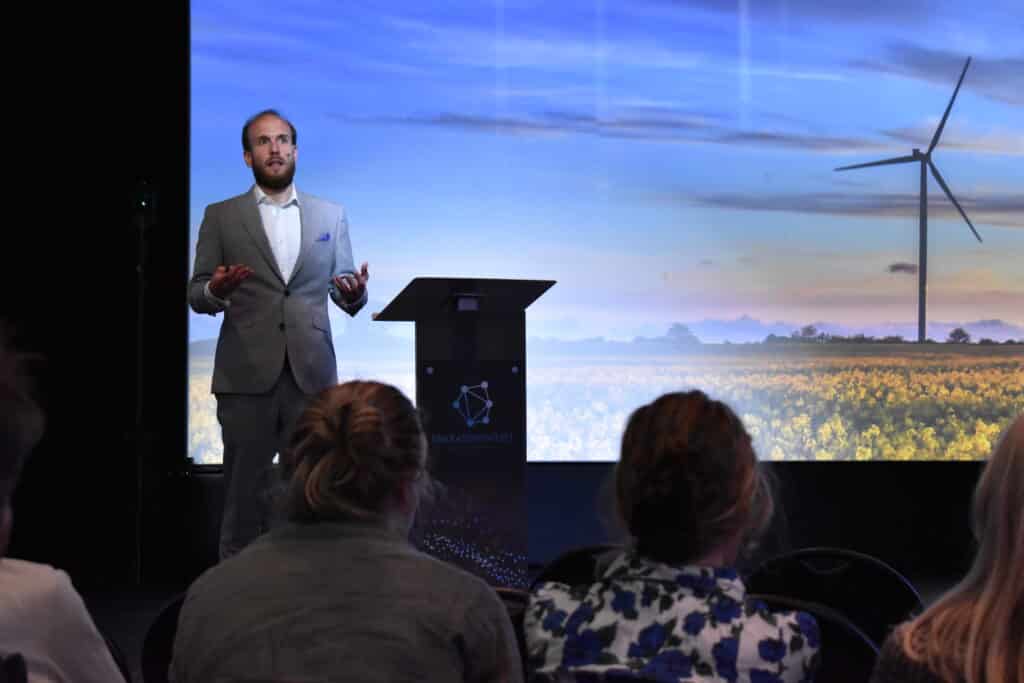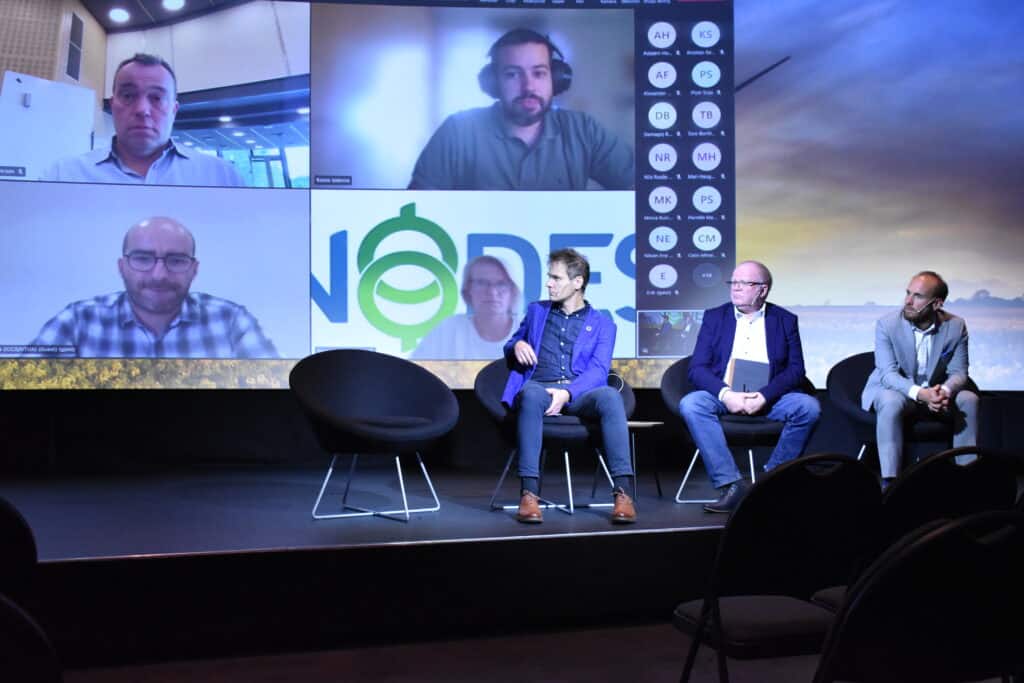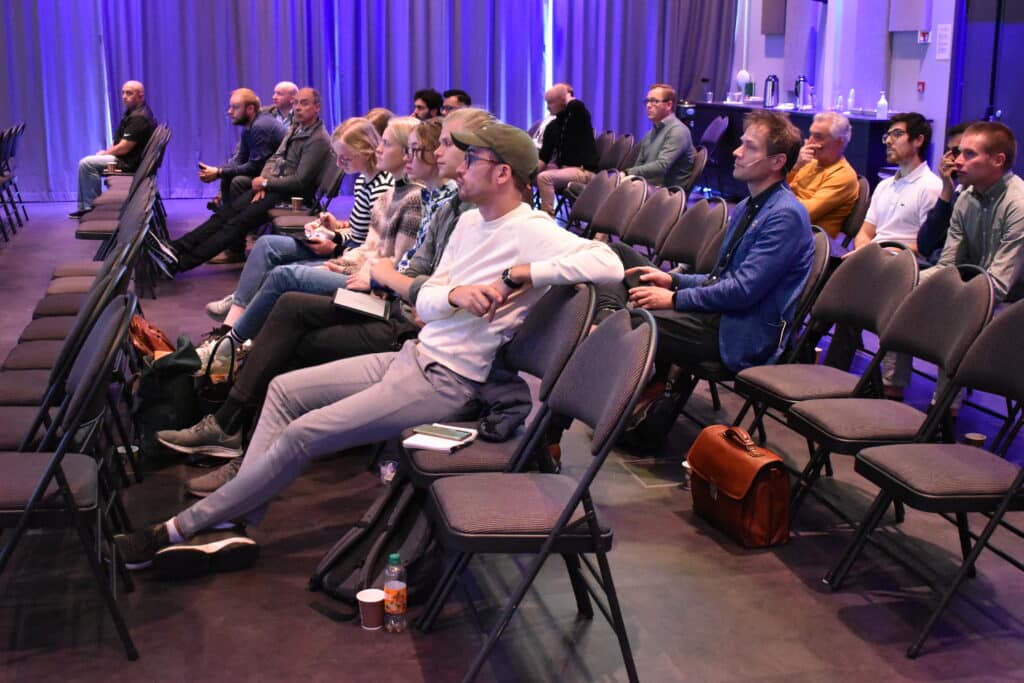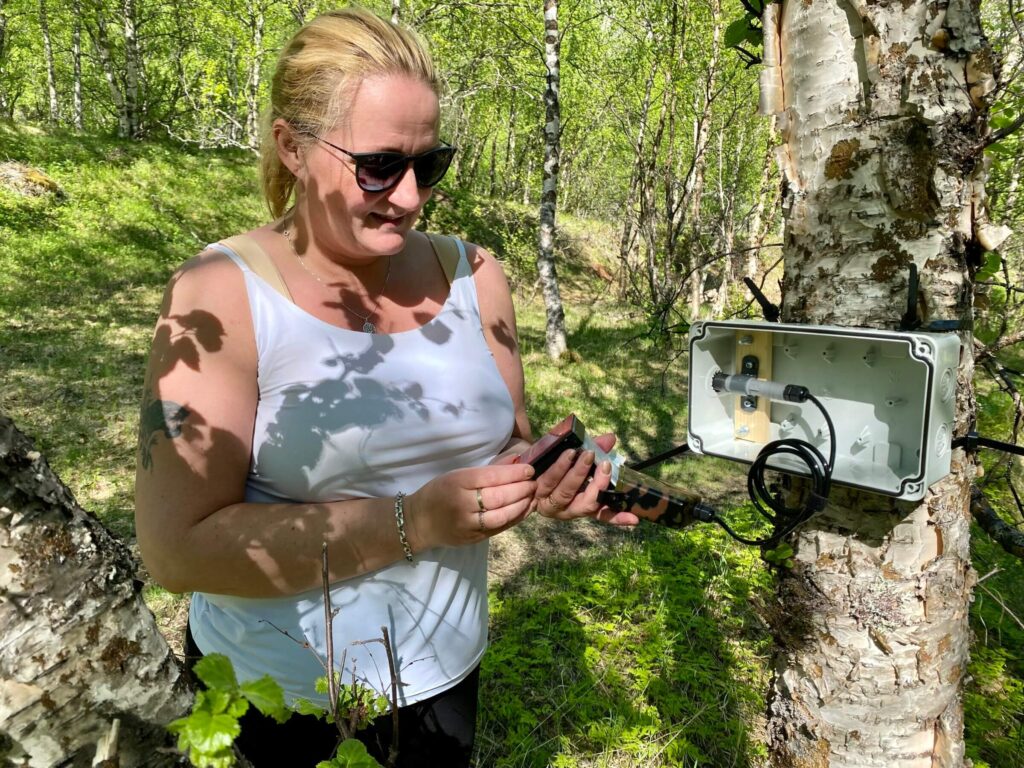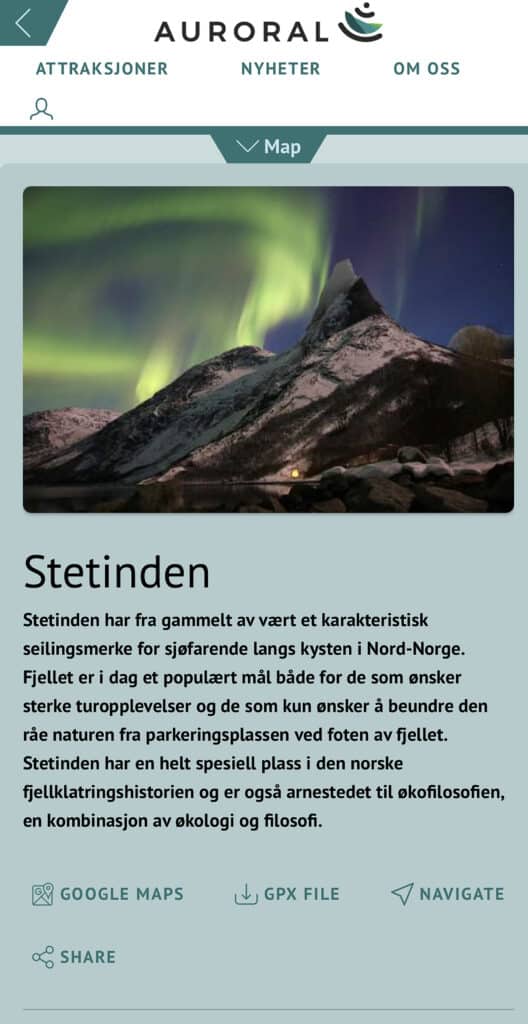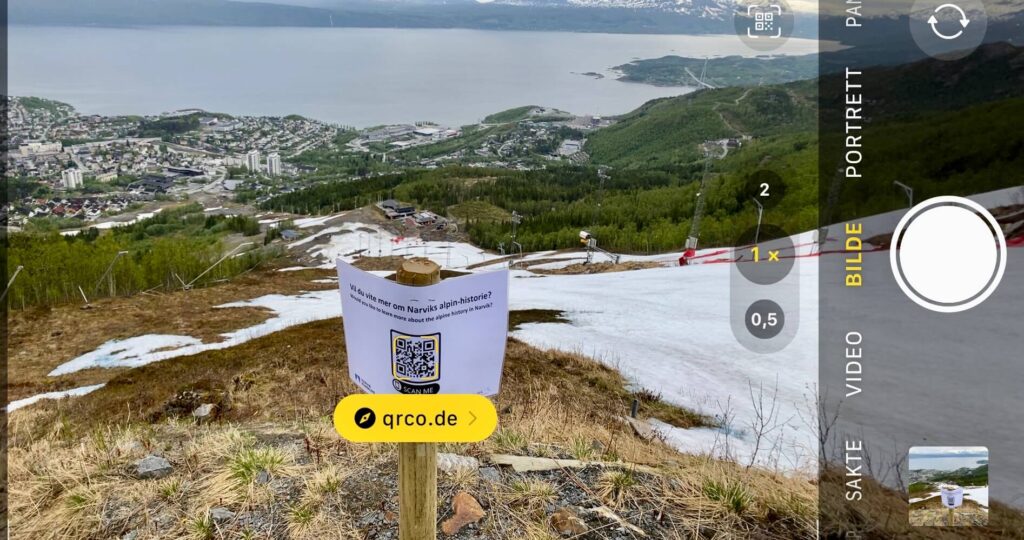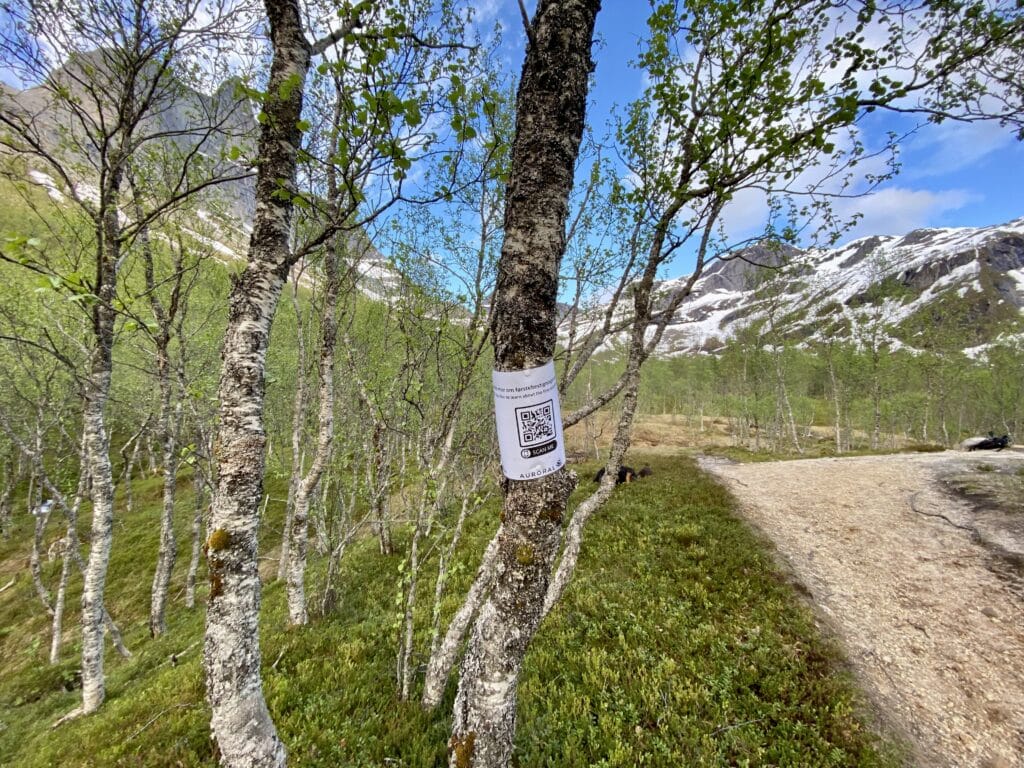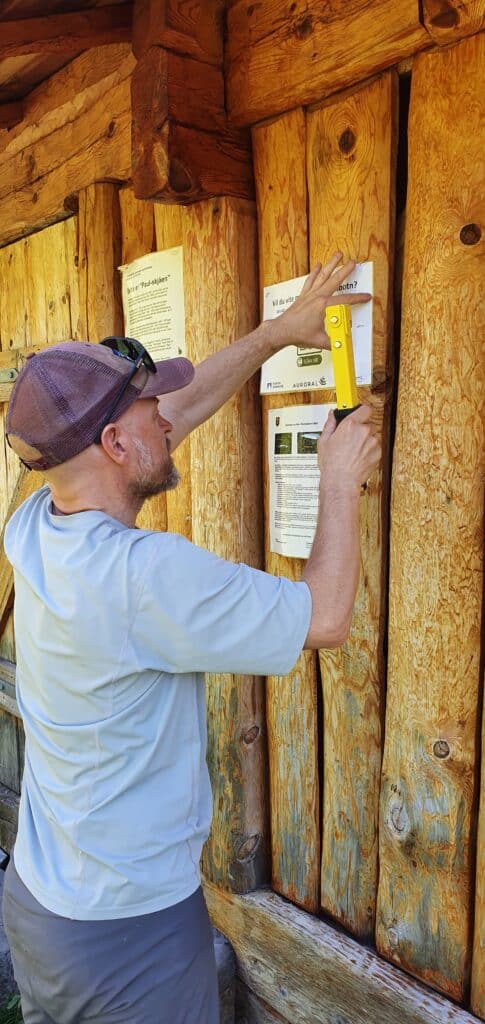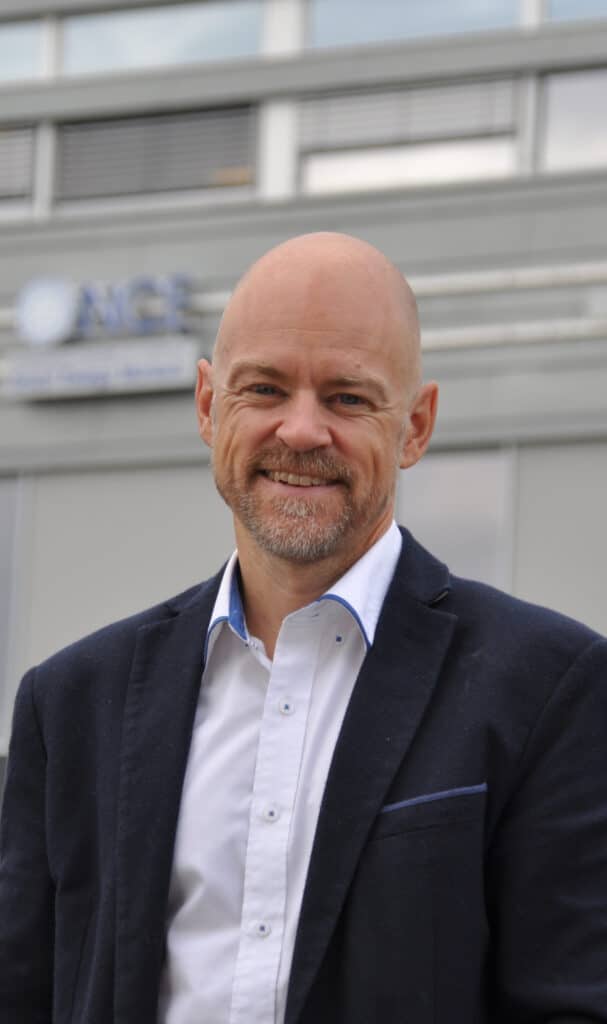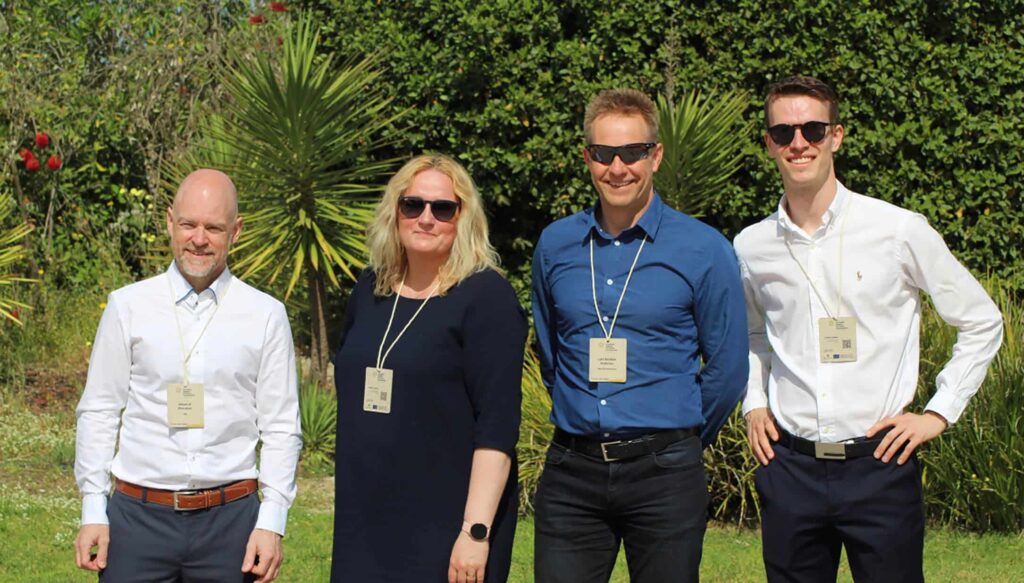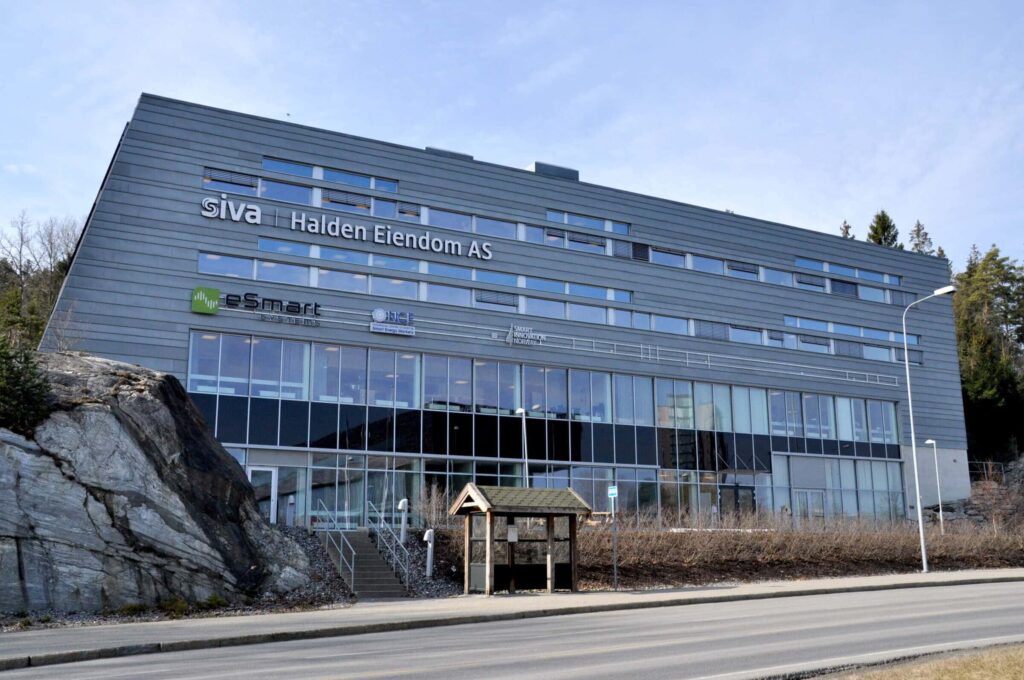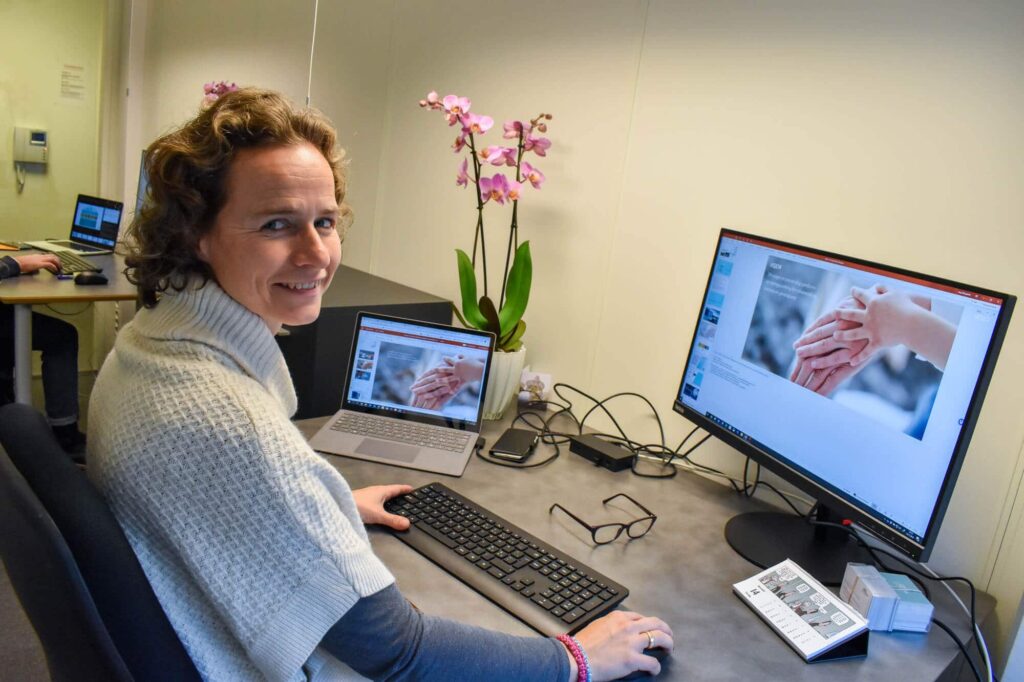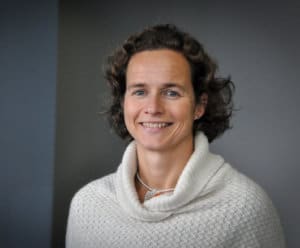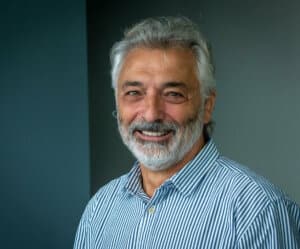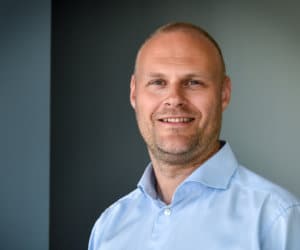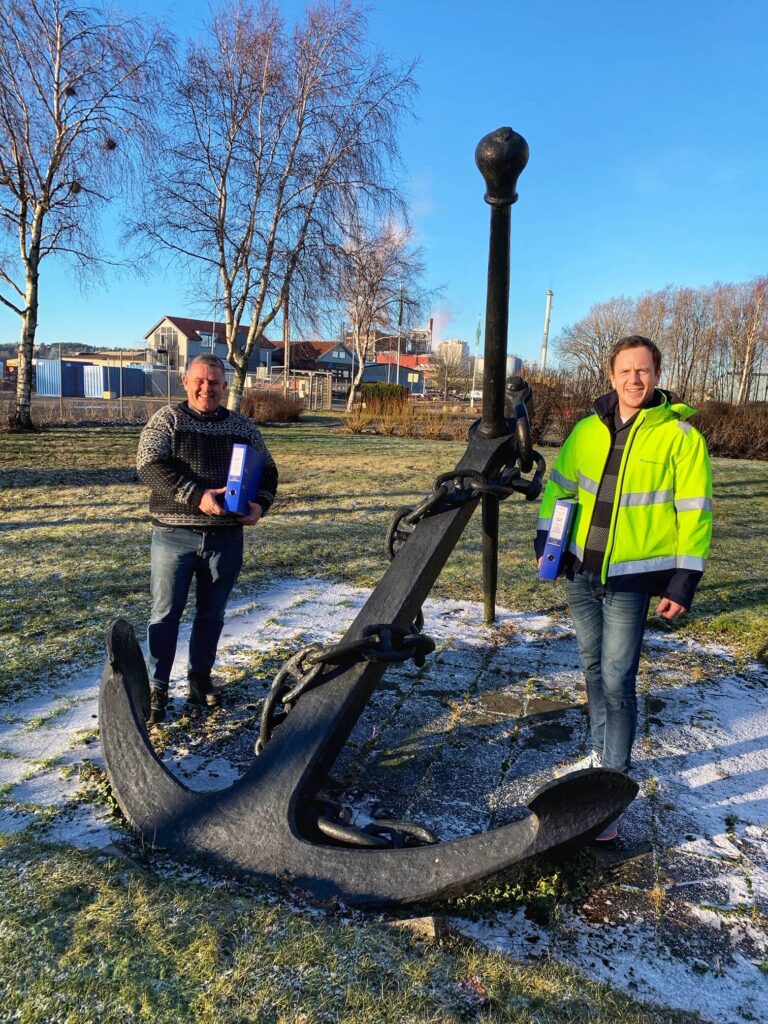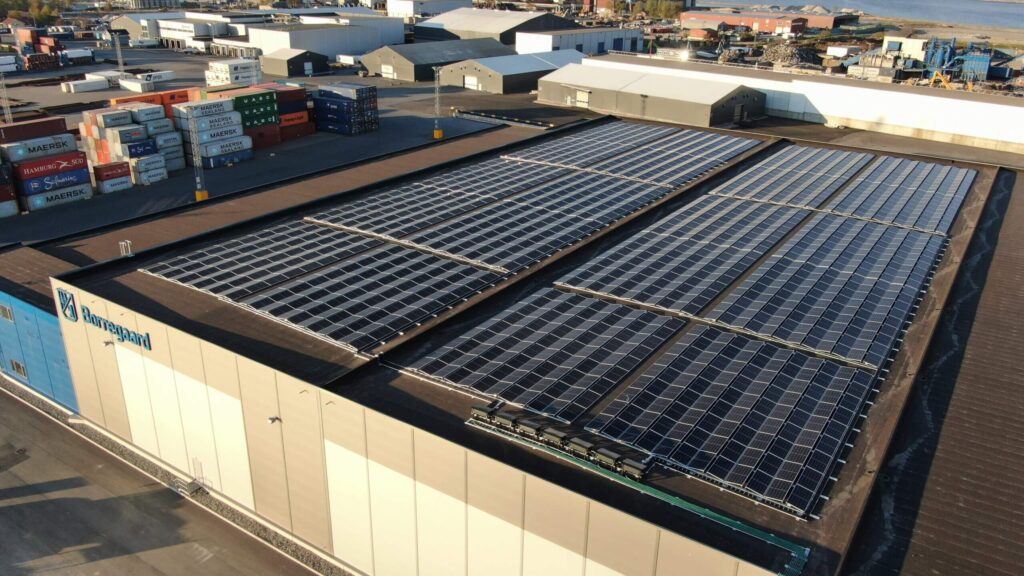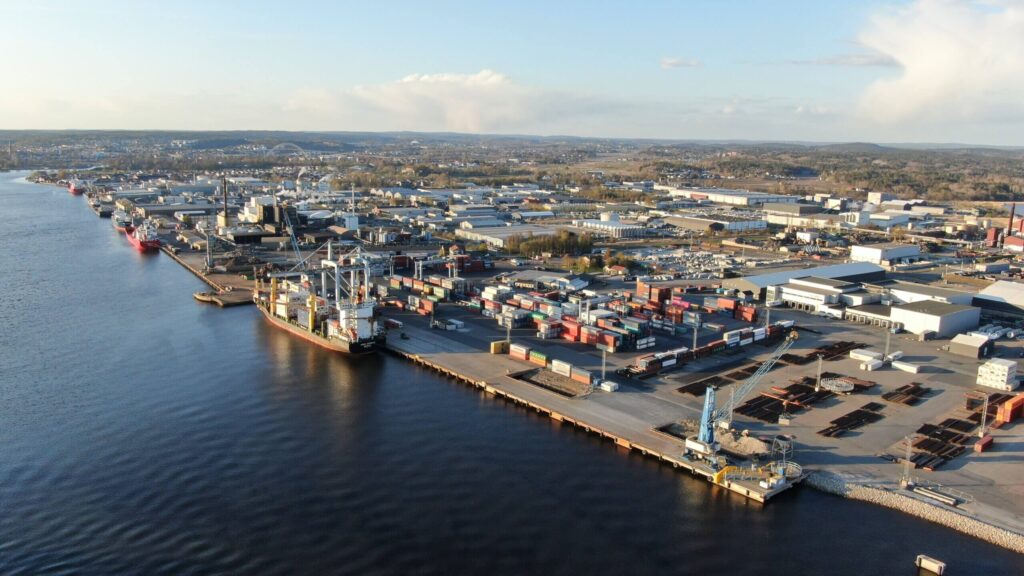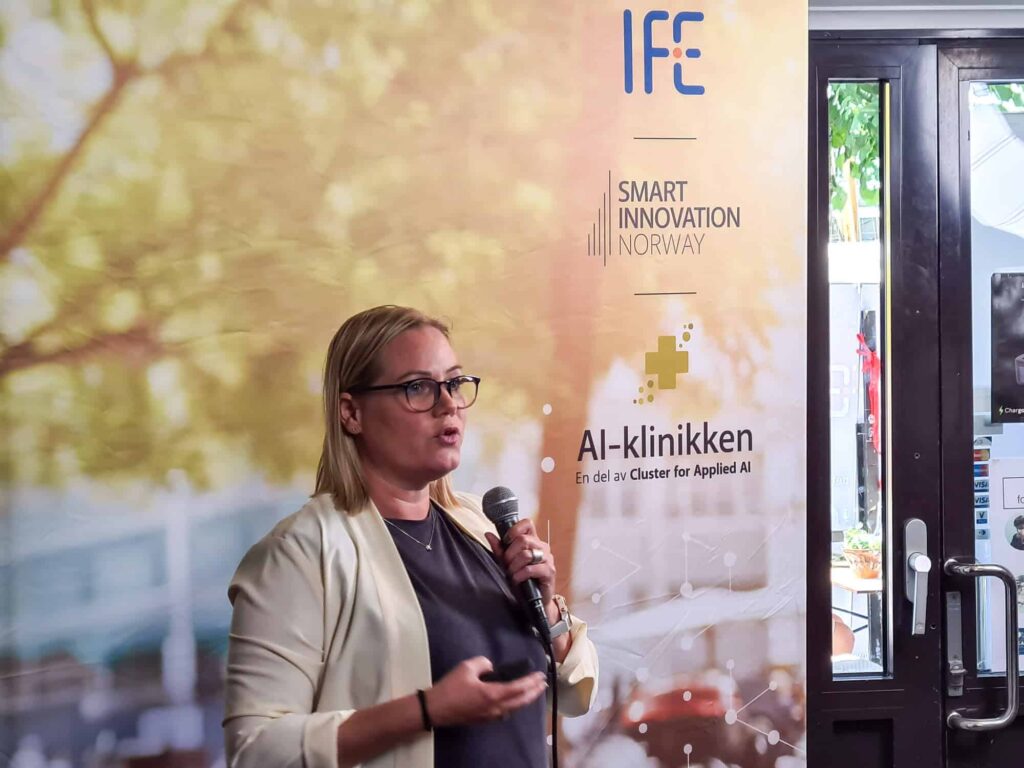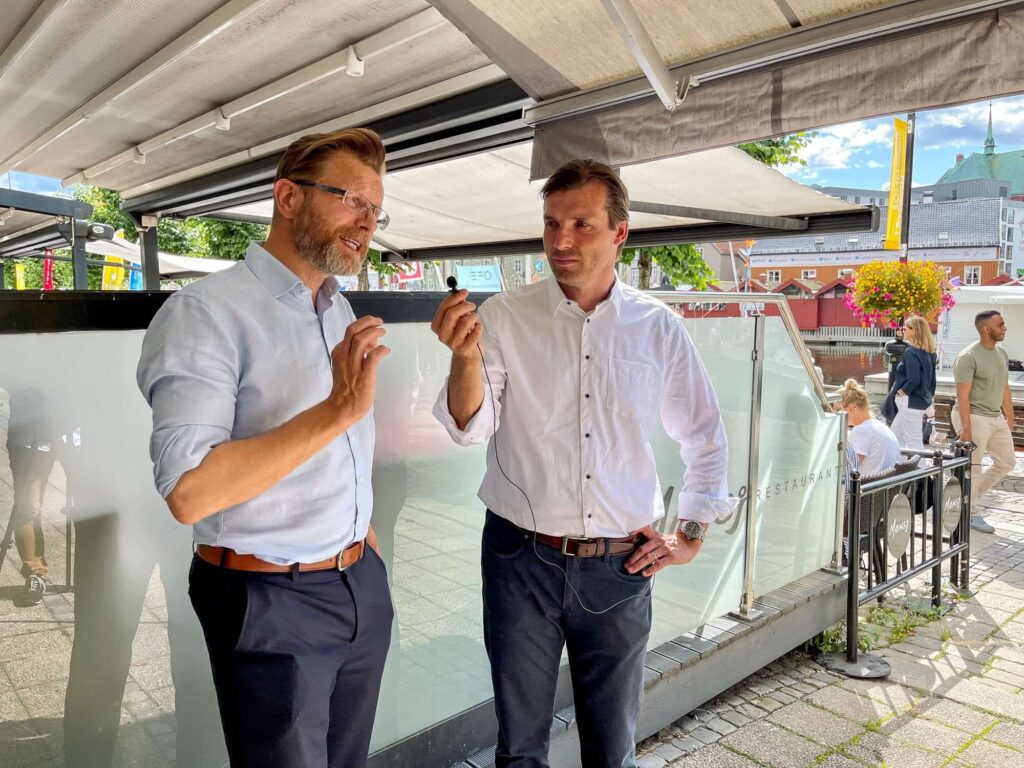Future smart grids require effective interaction between energy markets and electricity grid management systems to introduce new services and mitigate risks presented by high-RES penetration. On behalf of the FLEXGRID project, funded by the EU Horizon 2020 programme, Smart Innovation Norway hosted a final demo day event to showcase the project results in the current electricity market design .
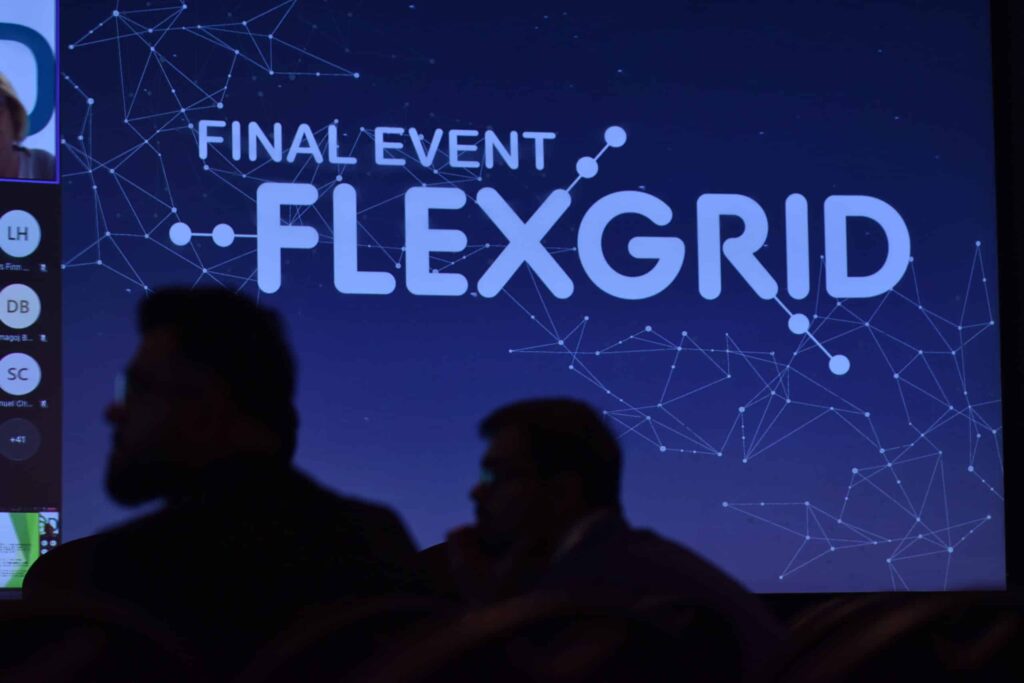
The event started with an opening Introduction to FLEXGRID H2020 by Dr Prodromos Makris (Senior Researcher and Project Coordinator from the National Technical University of Athens (NTUA)). The presentation described the challenges that the FLEXGRID project is addressing regarding electricity grid management and stakeholder functions.
11 partners from various European countries constituted the project group together with five other industrial partners which are NODES (a Flexibility market operator from Norway), NORD POOL CONSULTING (Wholesale market operator), ETRA (an ICT company), bnNetze (a DSO from Germany ) and the Croatian TSO HOPS.
The primary goal of the project is to make it easier for energy sector stakeholders to connect with the grid and improve the mechanism for DSOs and TSOs to use flexibility in order to improve overall social welfare.
Different factors
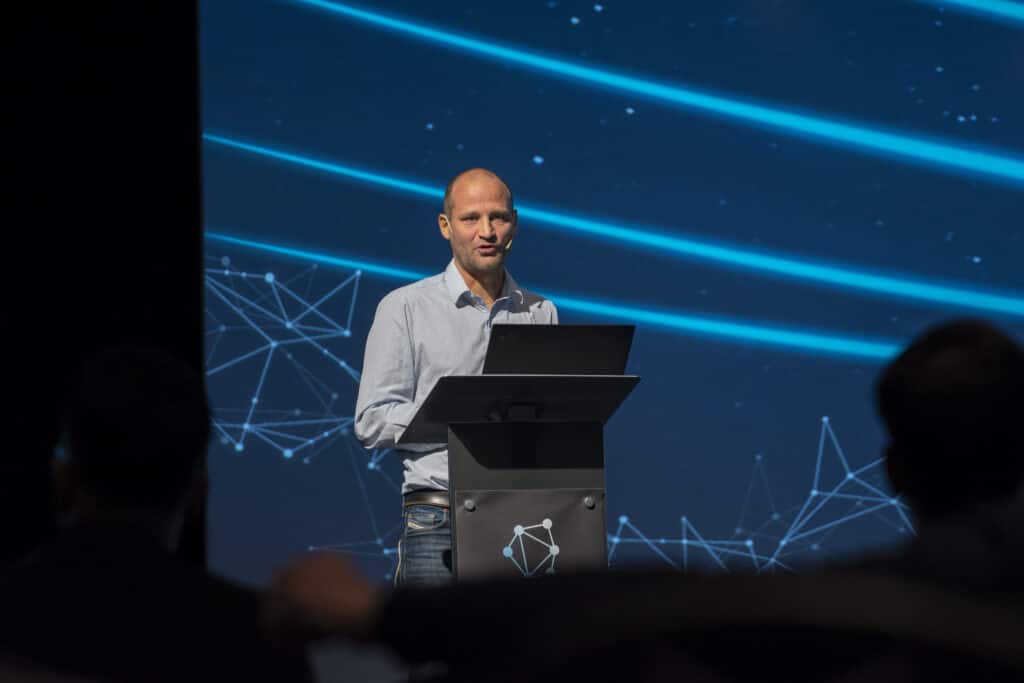
To give an overview of the current Electricity Market situation with high energy prices and the role of flexibility in Europe, Mr Robert Gehrcke (Senior consultant at Nord Pool Consulting) described the role of NORD POOL in the electrical value chain from power generation, transmission, and retailer to end customers.
Mr Gehrcke pointed out to the attendees the different factors that contribute from both the supply and demand side in determining the price of power exchange. This involved the explanation of the merit order curve and how the Gas power plants are setting the high prices in today's energy crisis and what is a proposed infra-marginal price cap. In the end, the role of Demand-side flexibility (load reduction/shift) and new services were discussed including the flexibility market proposed by the FLEXGRID project.
Flexibility enabling items
To get an understanding of what is a Flexibility Market, Gesa Milzer (Project Manager at NODES AS) presented an overview of flexibility and its need in the European energy ecosystem. The topic highlighted the basic understanding of flexibility referring to the capacity to consciously vary from a planned/typical generation or consumption pattern. This could transpire in reaction to a grid frequency, price signal, or grid operator activation signal.
The presentation explained that the Flexibility markets help energy networks to monitor energy flows and create market signals to motivate changes in energy supply and demand. The flexibility enabling items include the integration of smart meters, smart appliances, renewable energy resources, and additional energy efficient resources.
A brief overview was presented of the clean energy package, and the framework for change with some key points highlighted was:
- Production flexibility: increase or decrease the production of power plants
- Consumption flexibility = Demand Response: temporary reduction or increase of the consumption of an industrial process, electrolyzers, a household, etc.
- Storage flexibility: pumped hydropower plants or storage units
A flexibility market introduction was provided. Like any other market, a flexibility market is a place where buyers and sellers can come together to enable the exchange or transaction of products and services. Furthermore, markets decide the prices of goods and services based on supply and demand.
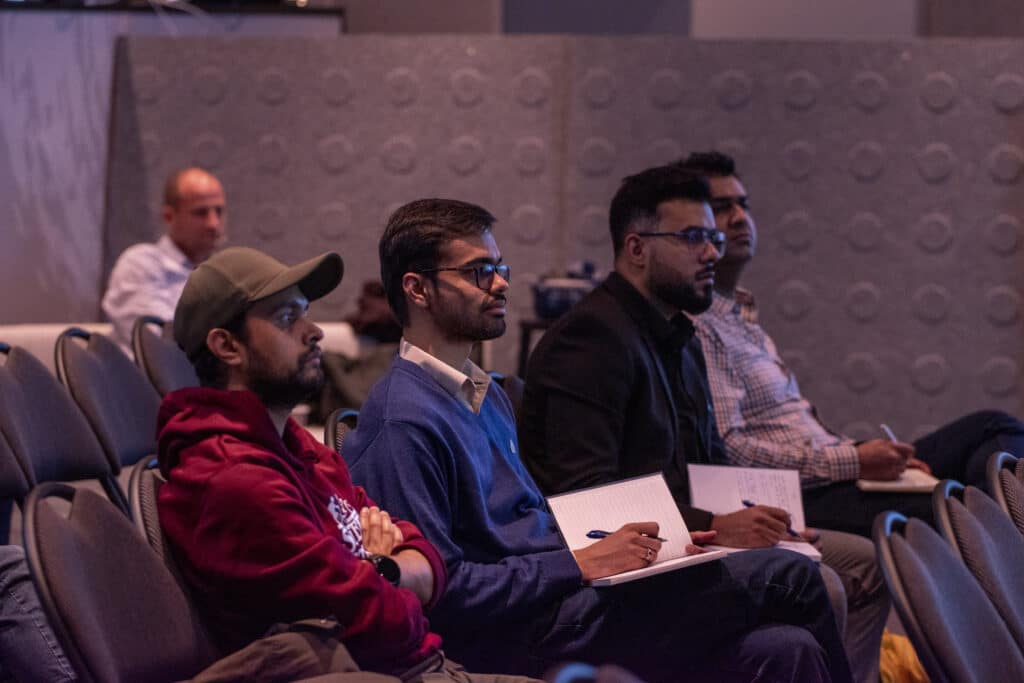
Tools and services
With the context of the European energy market and the combination of the electricity market with the flexibility markets in Europe, the project's core developed tools and services were presented afterwards. The main outcome of the project, the FLEXGRID Automated Trading Platform (ATP) was presented first by Elena Leal (Project Manager for ETRA INVESTIGACION Y DESARROLLO SA).
The presentation described the problem that the FLEXGRID ATP, which contains 3 main services, is solving in today's electricity market:
1) AFAT: Automatic Flexibility Aggregation Toolkit
2) FST: Flexibility Market Clearing Toolkit
3) FMCT: Flexibility Supply Toolkit
Furthermore, FLEXGRID ATP's full demo video was presented with an explanation of different types of users and the function of each user on the platform. The key advantages were highlighted including matching Offers and Requests through Distributed Level Flexibility Market (DLFM) clearing processes:
- Improved communication and data exchange between market participants
- Easier integration for future flexibility markets by using novel algorithms
- A modular design approach
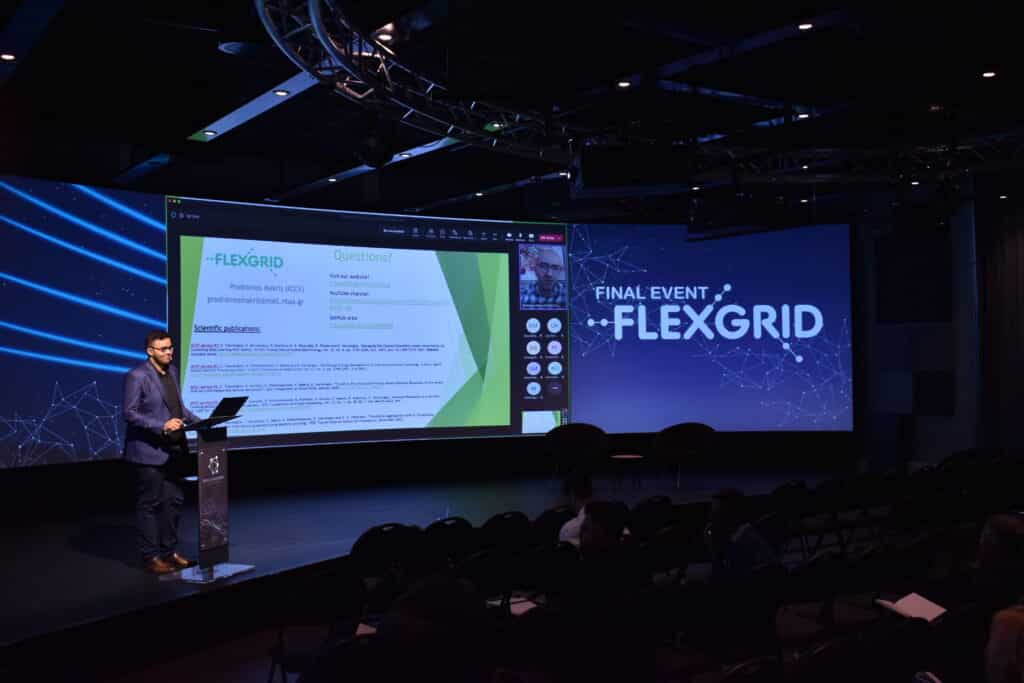
Three key services
In order to understand each key service hosted by the FLEXGRID ATP platform, the specific partners with their developed services were described. Start with the Automated Flexibility Aggregation Toolkit (AFAT) by Dr Prodromos Makris .
The AFAR consists of three sub-services: AFAT service #1 (Manage a FlexRequest), AFAT service #2 (Manage a B2C flex market) and AFAT service #3 (Create an aggregated FlexOffer).
The 2nd service of the ATP was the FlexSupplier 's Toolkit (FST) presented by Mr Domagoj Badanjak , Research assistant at the Department of Energy and Power Systems, Faculty of Electrical Engineering and Computing, the University of Zagreb motivating demonstration detailing all three FST toolkit services : FST service #1 (Minimize ESP's OPEX), ST service #2 (Minimize ESP's CAPEX) and FST service #3 (Maximize ESP's Stacked Revenues).
Finally, the 3rd service of the ATP platform the Flexibility Market Clearing Toolkit (FMCT) presented by Dr Lars Herre (Postdoctoral Researcher in the Wind Energy and Energy Systems Department at DTU Technical University Denmark) . All the different services followed the approach of describing the problem these solutions solve in the electricity market, the unique aspect of the solution and the exploitation pathway on how these can be utilized further in research and commercial applications.
Panel discussion
To conclude the discussion surrounding the work of FLEXGRID a panel discussion was hosted by Farhan Farrukh (researcher from Smart Innovation Norway ) on Flexibility related business cases with bnNetze, Nord Pool Consulting (NPC) and NODES .
In the business case analysis of peak shaving services for the DSO, the FLEXGRID results showed that the upstream cost for bnNETZE is around 114,000 €/MW. Considering that the distribution grid is going towards a future where power peaks have a more recurring occurrence, how important is it for the DSO to have better load forecasting services? In the business case where local flexibility is compared to grid investments, the annualized cost of the grid investment (for the FLEXGRID business case showed results around €95,000/year). The discussion surrounded how DSOs anticipate using local flexibility in comparison to investments in the grid. The panel discussed the interesting details about the adoption of the flexibility markets where national member states need to upgrade their regulations at a faster rate. Also, the adoption of Smart meters is a key to ensuring that flexibility is possible for activation in different European countries.
- READ MORE:
FLEXGRID key points
Towards the end of the event, a conclusion and lessons learned by FLEXGRID H2020 were presented by Dr Makris (NTUA/ICCS) . The following key points of the FLEXGRID recommendations were presented:
- Coordinated decision-making (eg, a combination of game theory with optimization tools) models to take into consideration all stakeholders' business interests towards finding optimal equilibrium points that maximize social welfare.
- Combine AI/ML-based decision-making with classic optimization theory to deal with complex problems, many types of uncertainties, inherently ambiguous/unknown models, and big data thus supporting an efficient interaction between the aggregator and a vast number of end users.
- Exploit the cloud-edge computing continuum for many Smart Grid (SG) applications that need deep inter-disciplinary research between power engineers and ICT engineers
- Combine game theory with AI models towards dealing with the competing interests of multiple agents and many sources of uncertainty.
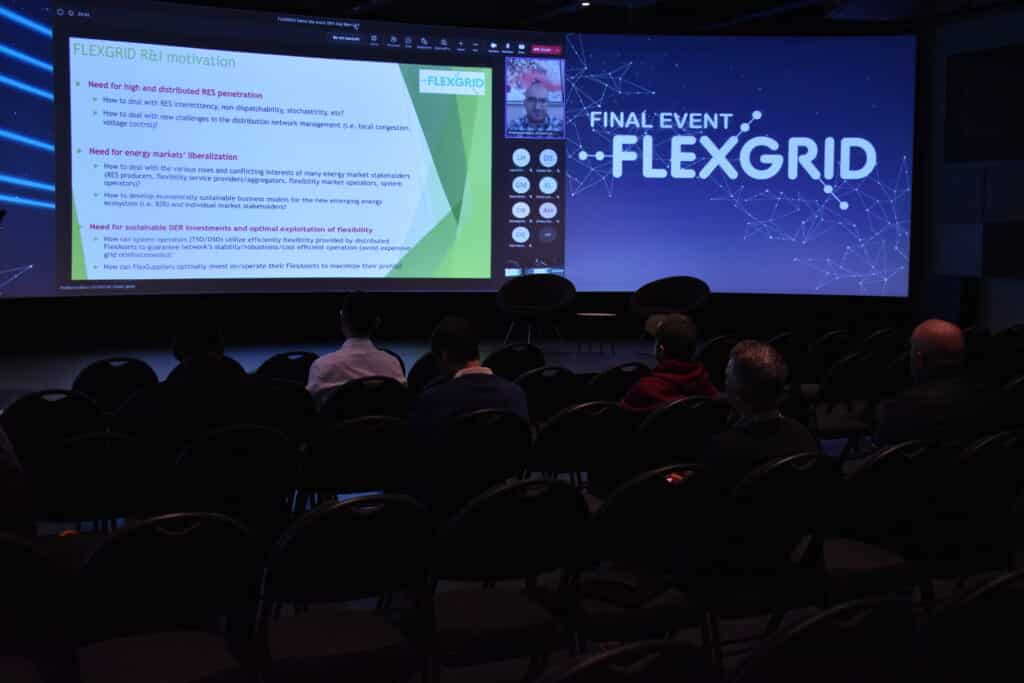
FLEXGRID recommendations (policy level)
- Need for well-designed regulatory sandboxes at EU level to simulate the conflicting business interests of multiple stakeholders in energy markets
- Need for minimum interoperability and standardization towards scaling up and replicating already existing solutions (cf. too many types of end devices, communication protocols, data formats, H/W technologies, etc.)
Regulation updates are required in several EU countries for the:
- coordination between the energy supplier/retailer and the aggregator
- integration of local (DN-level) flexibility markets with existing TN-level markets.
- Incentives should be given to aggregators in order to provide novel personalized services to the end users' need for interdisciplinary research between power engineers and social/behavioural scientists.
- Communication protocols should be privacy-preserving and incentivize truthful bidding to avoid market manipulation phenomena and support market uptake in both B2B and B2C contexts.
The FLEXGRID H2020 project has concluded at the end of September 2022. The project has produced a lot of open-source materials and publications that can lead to many future research and commercial R&D projects.
FLEXGRID online
- Visit our website for all scientific publications and deliverables : https://flexgrid-project.eu/
- YouTube channel for all the DEMO videos: https://www.youtube.com/channel/UCEpdrFhiItkGTi7dmNL–yg
- GitHub area: https://github.com/FlexGrid
The presentations from Demo Day:

